
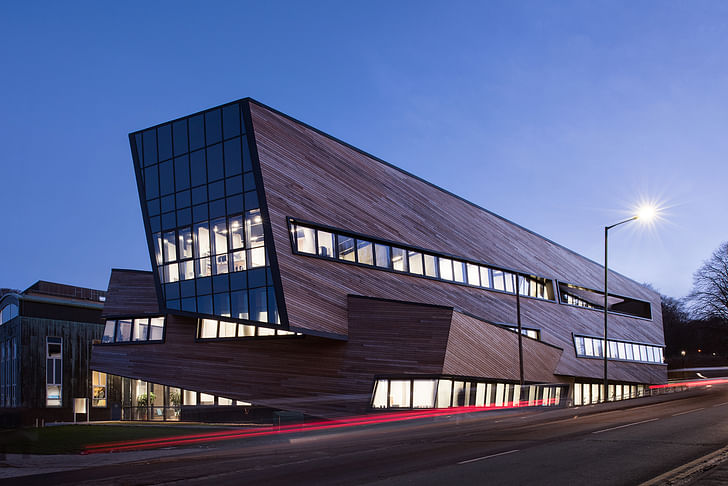
In Focus is Archinect's recurring series dedicated to profiling the photographers who help make the work of architects look that much better. What has attracted them to architecture? How do they work? What type of equipment do they use? What do they think about seeing their work in blogs?
For this installment, we interviewed Jill Tate based in Newcastle.
What is your relationship with architecture? What drew you to architecture, as a photographer?
I took the Contemporary Photographic Practice degree course at Northumbria University and found that creating images of buildings became a way for me to represent a mood and an atmosphere in an indirect way. After university, I spent some time with a local architecture practice as part of the Arts Council’s Artist Placement Programme. This was a very interesting insight into the different aspects of designing and creating buildings, and it set me on the path to becoming an architectural photographer. When I was younger, I always enjoyed photographing the colours, textures and shadows in the world around me, and most of the photographs taken with my first camera were of rooms and objects. So architectural photography was a natural progression from this, through studying art & design at college to where I am now.
In my role as a photographer, architecture provides me with an endless resource to explore composition, to play with juxtaposition and capture different atmospheres within spaces. I have always been fascinated by architecture as sculpture on a large scale. In my artwork I’m interested in structure and perception, from the architecture we inhabit to the building blocks of reality, I explore the interaction between these structures and our thought processes. I look at the connection between internal and external worlds, often using domestic imagery to represent human experience.
I have always been fascinated by architecture as sculpture on a large scale.

Describe how you work...who are your clients?
I work as a freelance architectural photographer for a range of clients, from architects and interior designers, to building conservation charities and construction companies. I enjoy working with smaller practices, where I can build a relationship and see the images making a really positive impact on their business, especially when the projects I’ve photographed go on to win awards and competitions.
Usually a client will get in touch about a building they would like photographed and send me a brief with as much information as they have, such as building plans or their own photographs, so that I can get a good impression of what will be involved during the shoot. Occasionally I make an initial site visit with the client so they can highlight the important aspects. Sometimes briefs are very specific and at other times clients prefer me to choose the angles and spaces to capture.

Do you mostly work in a specific region? What is your travel schedule like?
At the moment, most of my work is within the UK. I do quite a bit of photography for The Landmark Trust, which means I have the opportunity to explore many unusual and hidden away places. That’s one of the great things about being an architectural photographer, getting to spend time in places and with people I might never have come into contact with. I try to be flexible with arrangements and schedules as there are many variables which are out of my control, such as completion dates and the weather. I'm planning to get an electric car in the near future, as my work requires a lot of driving and I care deeply about environmental issues.
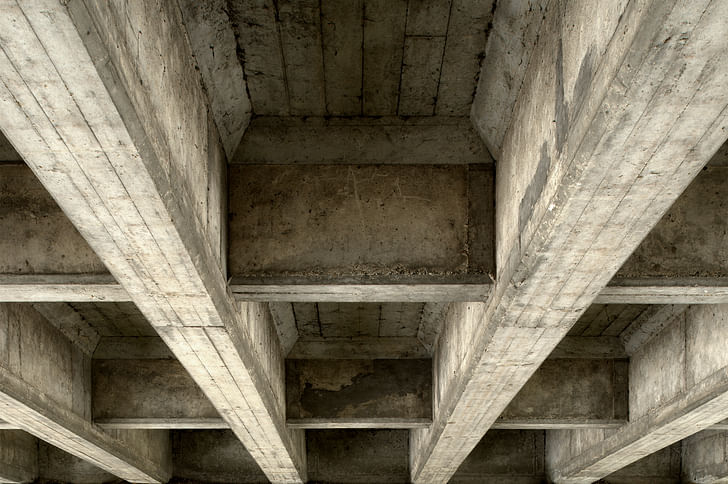
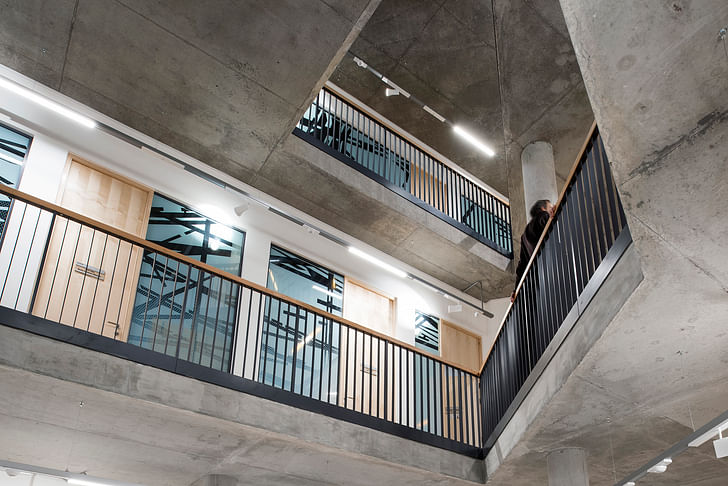
What is your goal when capturing buildings in photographs?
For commissioned work, my goal depends largely on the brief and the client. I’m conscious of how much time and energy goes into designing and delivering a building and feel I have a responsibility to do justice to this, and to represent the building in the best way I can. I choose angles and viewpoints that are interesting and aesthetically pleasing, and which also tell a story about the building's use. It’s often important to my clients that I show the building in context, as well as including details that highlight the materials and quality. The content and style of the photographs should enhance, not distract from the building itself. I also like to capture unexpected scenes, such as views through an aperture into another space, or a juxtaposition of different aspects of the building and/or it’s surroundings - the kind of views that might be unanticipated and that don’t reveal themselves until after the building has been created. Visual harmony and balanced composition are important to me; the design has been carefully considered and this should come across in the images.
Visual harmony and balanced composition are important to me; the design has been carefully considered and this should come across in the images.
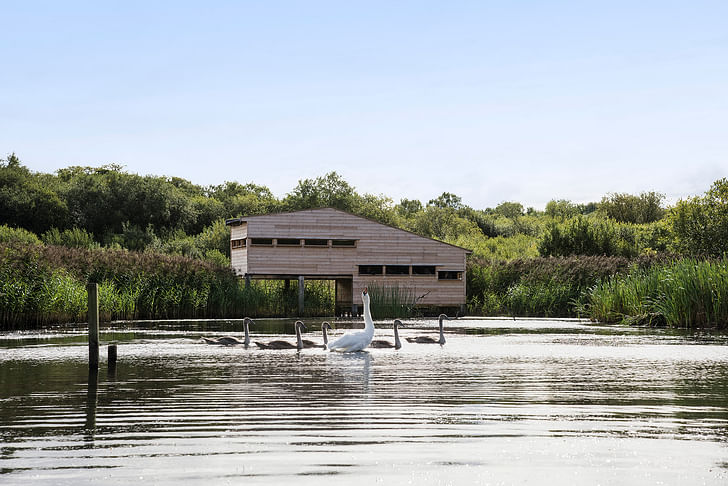
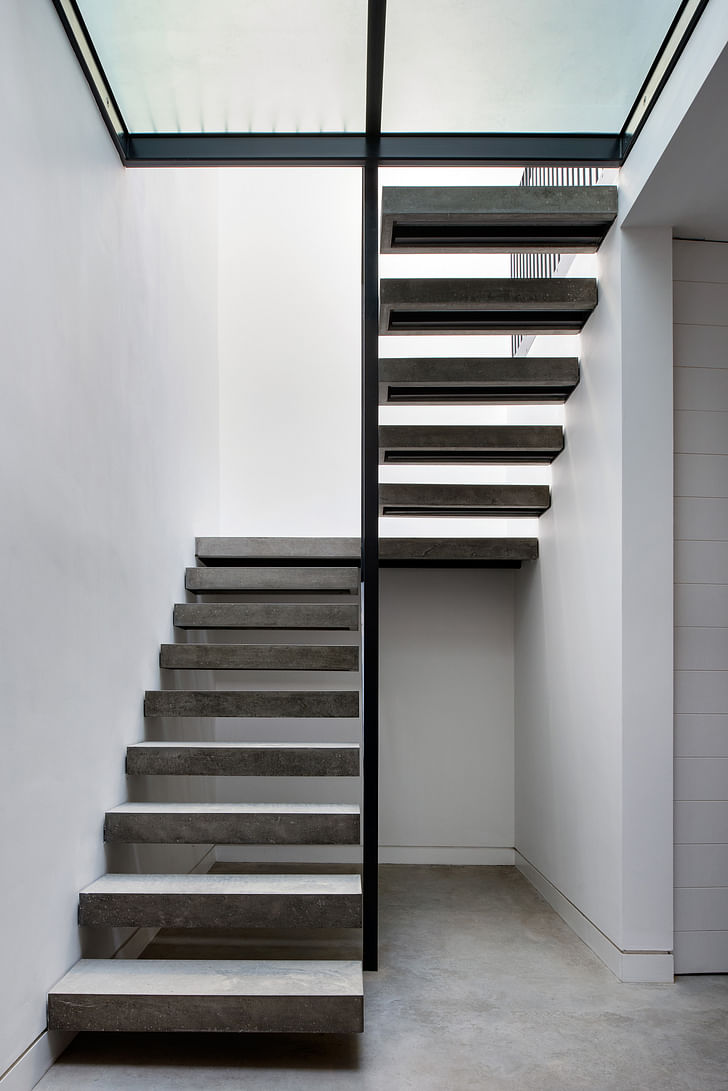
What are your thoughts about including people in your photos? Is it important to photograph a building in use, or by itself?
For my commissioned work, I always ask the client what their preference is. Often for architects and designers it’s important to have people in the shots, to show the building being used and to add life and a sense of scale. At other times it’s not appropriate to include people, as the images can be more useful to the client without them. People tend to be a focal point in images, our eyes are naturally drawn to them and this can be a positive or a negative, depending on the rest of the scene and the purpose of the images. In my artwork, where I have architecture as a subject, I don’t include people, as I prefer the atmosphere of absence to evoke a certain feeling and uncertainty in the viewer. However, this is often the opposite of the commercial perspective, which I find interesting. From the point of view of commercial work, I think it’s important to include people in some of the images, and I usually take a selection of photos with and without people to cover all bases.

What are your favourite pieces of equipment?
For me, equipment is a means to an end, as long as I have the right tools for the job I try not to be preoccupied with the latest developments and gadgets, unless they become relevant to what I want to do. Having said that, it’s important to me to provide clients with images that are high quality, and this is always a priority when choosing equipment. I studied photography during the crossover from film to digital and it’s been interesting to see the technical specifications improve dramatically in quite a short space of time. Since transitioning from film I’ve always used a digital SLR camera with a few great lenses, which I usually upgrade every 2-3 years. My favourite piece of equipment would have to be my tilt-shift lens, aside from its reliability, it’s fantastic at what it does and I wouldn’t like to be without it.
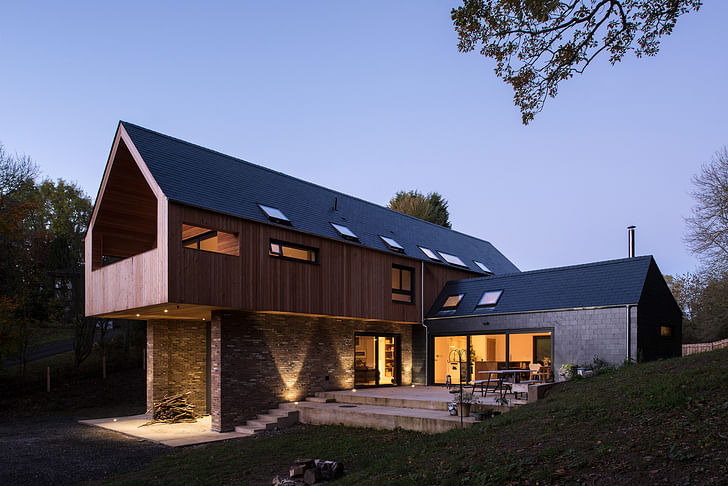
Do you work alone?
Most of the time, yes. Sometimes clients like to be around and help out during the shoot, which is useful because I can get their opinions when different choices arise, plus it's always good to have an extra pair of hands!

How do you feel about seeing your photographs on blogs and websites?
It’s great to see my photographs being used for their intended purpose, to showcase the projects and the companies involved. As I’ve been an architectural photographer for around 11 years, online usage has always been the norm for me, although there are now many more online platforms available. It seems more common for an image to be used without a photographer’s credit on social media, compared to printed formats, and if social media comes to replace print as a primary marketing tool for a lot of clients, then I wonder what effect that will have on the photographer's right to a credit. If the images aren't credited, there’s always the chance that others will think they are free to copy and use the images themselves. It’s tricky, but ultimately that the images and projects are seen by a wide audience is the most important thing. It also makes the printed image, whether it's in a magazine, brochure or a book, seem a bit more special.

See more of Jill's work here
Ellen Hancock studied Fine Art and History of Art at The University of Leeds and Sculpture at Mimar Sinan Fine Arts University in Istanbul.Now based in London she has a keen interest in travel, literature, interactive art and social architecture.
No Comments
Block this user
Are you sure you want to block this user and hide all related comments throughout the site?
Archinect
This is your first comment on Archinect. Your comment will be visible once approved.